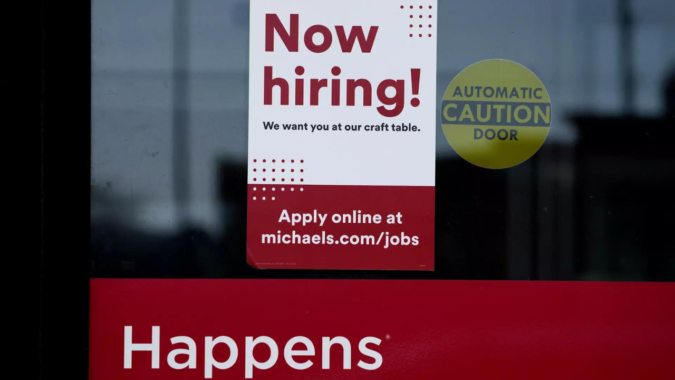Nonfarm payrolls increased by 187,000 jobs last month, the Labor Department said in its closely watched employment report on Friday. Data for June was revised lower to show 185,000 jobs added instead of the previously reported 209,000.
Economists polled by Reuters had forecast a gain of 200,000 jobs. The economy needs to create roughly 100,000 jobs per month to keep up with growth in the working-age population.
Companies are hoarding workers after struggling to find labor during the Covid-19 pandemic. Employment in some areas like leisure and hospitality remains below pre-pandemic levels.
Despite the moderation in job growth, the labor market remains tight. The unemployment rate fell to 3.5% from 3.6% in June, dropping back to levels last seen more than 50 years ago.
That is well below the Fed’s latest median estimate of 4.1% by the fourth quarter of this year. The government reported this week that there were 1.6 job openings for every unemployed person in June, little changed from May.
Wages continued to rise at a solid clip. Average hourly earnings gained 0.4% after climbing by the same margin in June.
That kept the year-on-year increase in wages at 4.4%.
The annual wage growth remains too high to be consistent with the Fed’s 2% inflation target. Data last month showed the increase in annual inflation slowed sharply in June.
Economists who have long been forecasting a downturn by the fourth quarter of this year are increasingly becoming convinced that the “soft-landing” scenario for the economy envisaged by the Fed is now possible.
The raft of inflation-friendly data has led many economists to believe that the Fed’s fastest rate hiking cycle in more than 40 years was probably over. The U.S. central bank has raised its policy rate by 525 basis points since March 2022.
